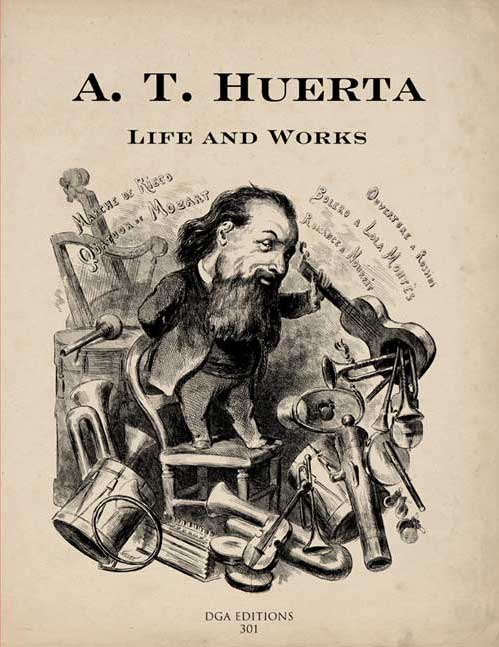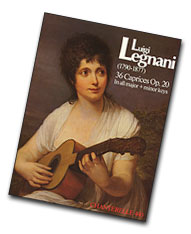1836: Texas denies vote to Mexicans.
After revolting from Mexico in 1836, the short-lived Republic of Texas denies citizenship (and the right to own property) to anyone who had not supported the revolution. All non-Anglos are assumed to be part of that category — even those who had fought for the revolution.When Texas is admitted to the union as a slave state in 1845, the Mexicans remaining in Texas are granted U.S. citizenship and property rights by the Federal government — in theory. But Mexican-Americans who try to independently vote face widespread beatings, burnings, and lynchings — except in cases where large landowners force their employees to vote as a group under supervision of their foremen who ensure that they all vote for the owner’s preferred candidates.
After the Civil War, the methods used in Texas and other southern states to deny voting rights to Blacks are also applied to Mexican-Americans.
1848: Mexican-Americans are denied voting rights in the southwest.
Under the treaty of Guadalupe Hidalgo which ends the Mexican-American war, Mexicans who remain in the new territories conquered by the U.S. are supposed to become full U.S. citizens according to legislation that Congress is supposed to pass.For California that legislation takes the form of admitting it to the union as a free state in 1850. While technically U.S. citizens, Mexican-Americans in both Texas and California are denied the vote through violence and state “voter eligibility” laws. (In other words, in regards to voting there are similarities between the situations faced by Mexican-Americans and “free” Blacks.)
The territories of Arizona and New Mexico, however, are not admitted to the union as states until 1912. During the 64 years between the signing of the treaty and statehood, Mexican-Americans in those territories are held in a kind of noncitizen legal limbo without the vote and where their civil rights can be (and often are) easily violated. During this period, all laws, claims, and disputes related to land, water, and livestock are enacted by politicians and resolved by judges who are elected only by the white settlers who are disputing grants and deeds dating back to the Mexican and Spanish eras. In some cases settlment of these disputes take generations, and many Mexican-Americans believe that the long delay in granting them voting rights is directly connected to the fortunes at stake.
1848-1920: Women’s Suffrage Movement.
In 1848 the first Women’s Rights Convention is held in Seneca Falls, NY. It demands that women be granted all rights as full citizens including the right to vote.For the next 72 years women — and some male supporters — speak out, petition, lobby, sue, protest, march, and engage in civil-disobedience, for the right to vote. They brave beatings, mob attacks, rape, jail, seizure and destruction of property, forced divorce (and consequent loss of children), forced feeding of hunger strikers, and murder, to fight for their right to be full citizens.
1850: Asian immigration.
With the California gold rush, Asian immigration becomes significant for the first time, mostly in the American West. Under the “whites-only” clause of the 1790 Naturalization Law, Asian immigrants cannot be citizens — but what about their children born in America? Government officials try to avoid this “problem” by preventing Asian women from coming ashore. Many are sent back, but some avoid detection and manage to get off the ship. And some Asian men marry women of other races — some of whom are citizens — what happens when their boys reach age 21?
1856: Property restrictions removed.
The last state to finally eliminate the property qualification is North Carolina in 1856.
1861-1865: Civil War and Emancipation.
The struggle against slavery eventually leads to bloody Civil War. 360,000 Union soldiers — Black and white — die to defeat slavery. That is 130 out of every 10,000 persons in the Northern states. (For comparison, deaths in the Vietnam War numbered 3 out of every 10,000.)The Emancipation Proclamation (1863) and the 13th Amendment (1865) eventually end slavery as a legal concept (though the actual treatment of sharecroppers, tenant farmers, and plantation laborers continues to closely resemble slavery in all but the legal formalities).
But it is still left to individual states to determine who is eligible to vote. Some Northern states extend the vote to Blacks — but most states do not.
1867: 14th Amendment extends citizenship to Blacks.
Under the 14th Amendment all states are required to recognize Black (and white) males as citizens.But for the first time women of all races are explicitly excluded in the Constitution from full citizenship in regards to voting.
1868: Women petition that womens’ suffrage be included in the draft 15th Amendment.
The men of Congress deny their petition.
1870: 15th Amendment extends vote to Blacks.
Adoption of the 15th Amendment in 1870 extends voting rights to Black males — in theory.In reality, there is massive resistance to the intent of the 15th Amendment, particularly in the Southern states, but also in the North and Midwest. Violence and economic reprisal are used to intimidate and prevent Black men from voting.
The 15th Amendment does not apply to Native-Americans or Asians because they cannot be citizens. Similarly, it does not apply to Mexican-Americans in New Mexico and Arizona because they live in territories that are not yet states. While legally eligible to vote in Texas and California, Mexican-Americans are still denied the vote through violence and economic retaliation.
1867-1877: Reconstruction.
During the Reconstruction period, hundreds of thousands of Black men risk their lives and property to vote, and many are elected to office. In fact, for a period in the late 1860s, more African-Americans are registered to vote than whites in the states of the former Confederacy.
1877: End of reconstruction, abandonment of 15th Amendment.
Because of widespread cheating on both sides, the vote count and outcome of the 1876 presidential election between Hayes the Republican and Tilden the Democrat is bitterly disputed — particularly the count in the state of Florida. In the end, all disputed counts are resolved by a special committee appointed by Congress. Republicans outnumber Democrats on the committee by 8 to 7. All disputes are decided in favor of the Republicans by a vote of 8 to 7. Hayes is declared the winner even though most impartial observers believe that Tilden won the popular vote.It is widely understood that there’s a backroom deal with the Democrats who represent the overwhelming majority of white voters in the South. In return for the Democrats accepting Hayes’ victory, the Republicans promise that Hayes will remove the troops and officials who have been providing at least some limited protection to Blacks in the South. And that the new Hayes administration will cease enforcing the 15th Amendment and other civil rights laws. This deal becomes known as the “Compromise of 1877.” The “compromise” being that the Republicans retain power in Washington while white racists throughout the country are given free reign to oppress and persecute non-whites.
Hayes takes office, the troops and officials are removed. Civil rights enforcement ends:
- Reign of terror. The Ku Klux Klan and other racist terrorist organizations increase their attacks against African-Americans. Blacks are expelled from office. African-American males who try to vote are fired from their jobs, evicted from their homes, beaten, and in many cases brutally lynched. Black property owners are burned out, Black businesses destroyed, entire African-American towns are wiped out.
- Legal disenfranchisement. New state laws are passed to sabotage and render ineffective the 15th Amendment. Among these are the so called “Literacy Tests” that make it impossible for non-whites to register, and “Grandfather clauses” that restrict voting rights to those men whose grandfathers had been eligible to vote — a requirement that descendants of slaves cannot possibly meet.
- Poll taxes. Many states impose taxes on voting. Anyone — Black or white — who cannot afford to pay the tax cannot vote. Since the taxes are high and have to be paid in cash, voting is thus limited to affluent white males. In effect, this restores a property requirement for voting.
- Segregation laws. Laws mandating separation of the races in education, government services, public facilities & accommodations, restrooms, transportation, drinking fountains and so on are passed throughout the South and Midwest. Known as the “Jim Crow” system, their goal is to force African-Americans into feudal-like subserviency, a form of semi-slavery. The many Blacks who resist are beaten, jailed, and murdered. Similar systems are imposed in Western states against Latinos, Native-Americans, and Asians.
Within a few years most Blacks are removed from the voter registration rolls and denied the right to vote. All African-Americans who hold elected office are driven out. In Louisiana, for example, by 1900 fewer than 5,000 African-Americans are registered to vote, down from a high of 130,000.



